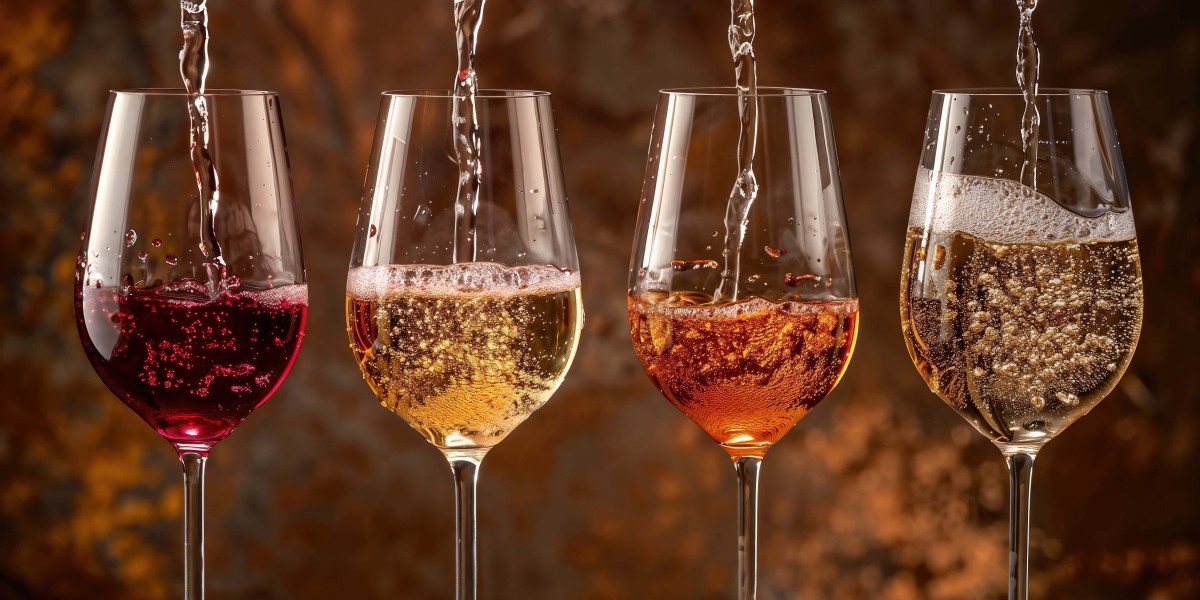Sustainable viticulture and eco-friendly practices
The sparkling wine market is increasingly embracing sustainability, integrating eco-friendly methods throughout the production process. Vineyards are adopting organic farming techniques that reduce pesticide use and focus on soil health, water conservation, and biodiversity preservation. This shift responds to rising consumer demand for environmentally responsible products, which is becoming a significant purchasing factor. Beyond cultivation, producers are innovating in packaging by using lightweight bottles, recycled glass, and biodegradable labels, significantly lowering the carbon footprint. These sustainable practices not only contribute to environmental preservation but also help brands differentiate themselves in a competitive market, appealing to a growing segment of eco-conscious buyers.
Advancements in production technology
Technological innovation is revolutionizing sparkling wine production, leading to improvements in efficiency, quality, and consistency. Automated bottling and filling lines reduce human error and speed up production, while precision fermentation controls allow winemakers to fine-tune the delicate balance of flavors and carbonation. Real-time monitoring systems help maintain optimal conditions, reducing waste and energy use, which further supports sustainability goals. Additionally, the development of novel yeast strains and fermentation methods allows producers to experiment with new flavor profiles and reduce production times. These advances empower wineries to meet growing demand without sacrificing quality, thereby strengthening their competitive edge in both established and emerging markets.
New product formats and convenience innovations
Changing consumer lifestyles have driven innovation in product formats within the sparkling wine market. Ready-to-drink (RTD) sparkling wines, canned versions, and smaller bottle sizes offer greater convenience and portability, catering especially to younger consumers and those seeking casual or outdoor consumption options. These innovations help expand consumption occasions beyond traditional celebrations to include picnics, festivals, and informal gatherings. Smaller and single-serving packages also allow consumers to try different varieties without committing to a full bottle, encouraging exploration and trial. By offering a broader range of formats, producers capture new market segments and create more accessible price points, contributing to overall market growth.
Flavor innovation and experimentation
Producers are pushing boundaries by experimenting with unique flavor combinations, blending traditional sparkling wines with fruits, botanicals, spices, and even barrel aging techniques. Limited edition and seasonal releases create excitement among consumers, driving engagement and repeat purchases. This focus on innovation allows brands to cater to adventurous drinkers looking for distinctive and memorable taste experiences. Furthermore, flavor experimentation provides a way to differentiate products in a crowded marketplace, offering alternatives to standard brut or rosé options. By continuously evolving flavor profiles, the sparkling wine industry remains dynamic and appealing to a diverse audience.
Digital and smart labeling technologies
The adoption of digital innovations such as QR codes and augmented reality (AR) on labels is transforming consumer interaction with sparkling wine products. These smart labels provide easy access to detailed product information, including vineyard origins, production methods, tasting notes, and food pairing suggestions. This transparency builds consumer trust and enhances brand storytelling, important factors in purchasing decisions. Interactive labels also create engaging experiences that foster brand loyalty, especially among younger, tech-savvy consumers. As consumers increasingly demand authenticity and provenance, smart labeling serves as a valuable marketing tool that bridges the gap between tradition and modernity.
Sustainability certifications and consumer trust
To further build credibility and attract discerning consumers, many producers pursue certifications such as organic, biodynamic, or carbon-neutral labels. These certifications not only demonstrate a commitment to environmental stewardship but also justify premium pricing strategies. They reassure consumers about the ethical and quality aspects of sparkling wine, which can be decisive in markets where sustainability is a priority. As these certifications become more recognized globally, they create an important competitive advantage and help brands stand out in crowded retail spaces.
Collaborations and cross-industry innovations
Sparkling wine producers are increasingly partnering with companies from other sectors to co-develop innovative packaging, marketing initiatives, and product lines. Collaborations with technology firms have led to smarter production and marketing tools, while partnerships with artists and designers contribute to distinctive bottle aesthetics and branding. Such cross-industry ventures foster creativity and enable brands to tap into new customer segments or enhance consumer engagement. These strategic alliances support innovation while sharing costs and risks, making them an effective way to drive growth and brand differentiation.
Innovation in marketing and sales channels
Digital marketing innovations have transformed how sparkling wine brands connect with consumers. Virtual tastings, influencer partnerships, and targeted social media campaigns create personalized and immersive experiences that boost brand visibility and loyalty. The rise of e-commerce has also opened new avenues for direct-to-consumer sales, allowing brands to gather valuable data and tailor offerings more effectively. By leveraging digital tools and creative storytelling, companies can build stronger relationships with consumers and respond swiftly to evolving preferences and trends.



